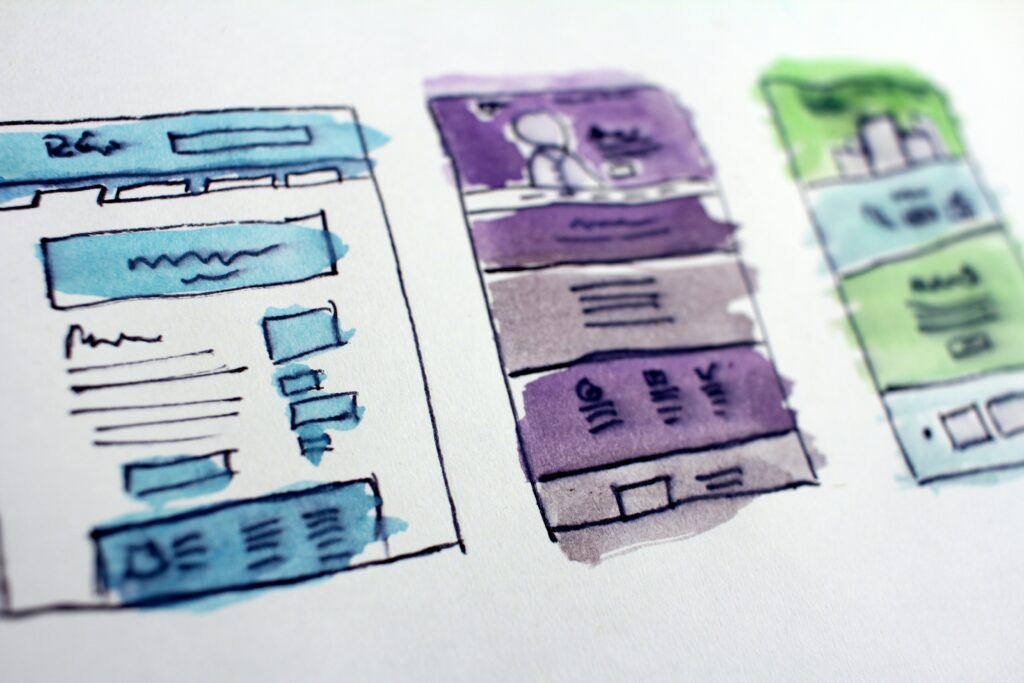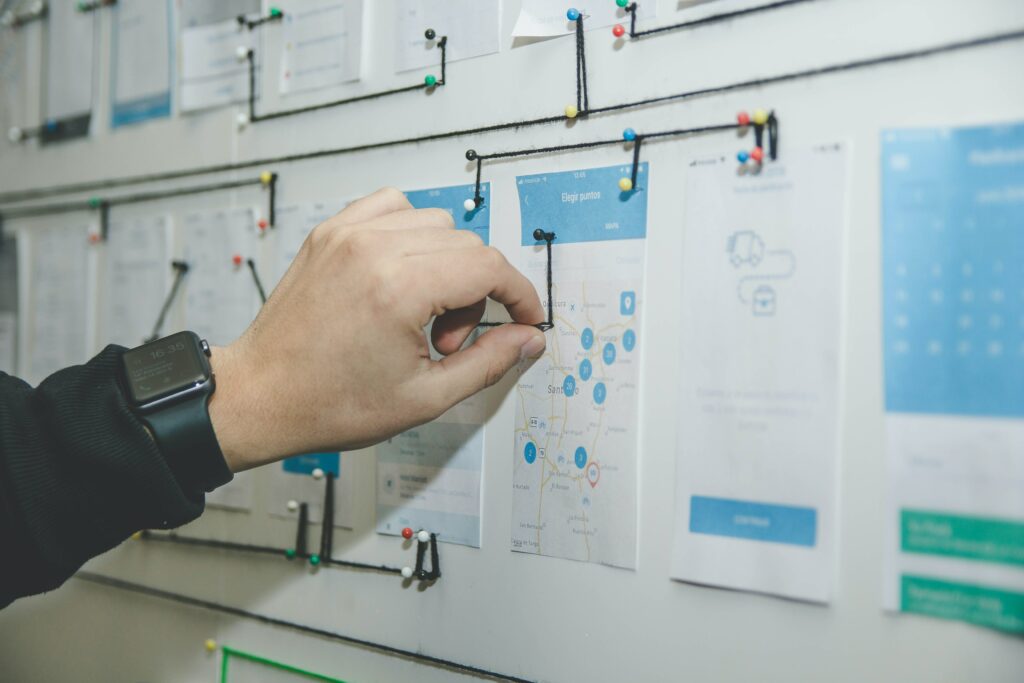Leveraging inGOV’s Holistic framework and EIRA to implement architectures for interoperable services by using co-creation
One of the main obstacles of designing and delivering user-centric applications, is the gap that exists between stakeholders and IT specialists; stakeholders may be unaware of existing technical solutions and frameworks that can offer new, or leverage existing, services, while, on the other hand, IT specialists may often make invalid assumptions concerning the needs and expectations of citizens.
One of the main obstacles of designing and delivering user-centric applications, is the gap that exists between stakeholders and IT specialists; stakeholders may be unaware of existing technical solutions and frameworks that can offer new, or leverage existing, services, while, on the other hand, IT specialists may often make invalid assumptions concerning the needs and expectations of citizens.
The inGOV Project aims to address these issues, by adopting co-creation in designing and implementing interoperable integrated public services (IPS). By using co-creation during the whole phase of the development process, value creation can be maximised as stakeholders are actively involved in the design of all aspects of the systems implementing the services.
To facilitate smooth and efficient delivery of interoperable IPS, technical implementation in inGOV was centered around the following pillars:
- The Open Group Architecture Framework (TOGAF) as a core methodology for designing the enterprise continuum.
- The European Interoperability Reference Architecture (EIRA), that served as a starting point to instantiate reference architectures for all pilot cases of inGOV. As EIRA is designed with the aim of facilitating interoperability, this aspect was naturally incorporated in the architecture’s design.
- inGOV’s Holistic Framework, that is implemented in the context of inGOV and lays out recommendations and guidelines concerning the efficient adoption of co-creation procedures during all the relevant phases, from design to evaluation.
- Reusable solutions, such as the building blocks from the Connecting Europe Facility (CEF); as these have already been designed, implemented and aligned to EIRA, they offered key enablers for interoperability and cross-border functionality.
- Existing EU vocabularies that allow common semantic representation of data across components, thus further enhancing interoperability.
During the first year of inGOV, the above processes were followed to implement a set of EIRA-compliant Level 0 architectures for all the pilot cases of inGOV (covering all the relevant aspects of technical applications, infrastructure and data representation), as well as low fidelity mockups which capture the main functionalities that emerged from the first round of needs elicitation using co-creation.
Our next steps involve the further refinement of the architecture and prototypes, by iteratively moving down the levels of the architecture using co-creation workshops. The incorporation of the co-creation principles in a suggested extension of the EIRA architecture, is also one of the outcomes that we anticipate by the end of the technical design and implementation.


